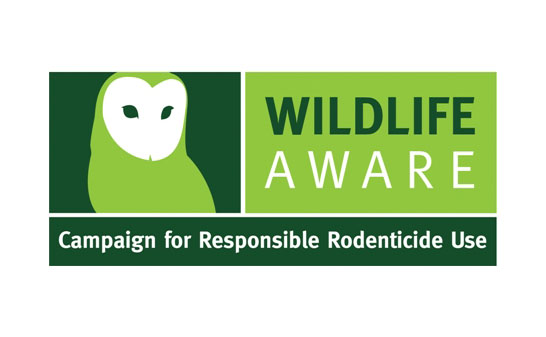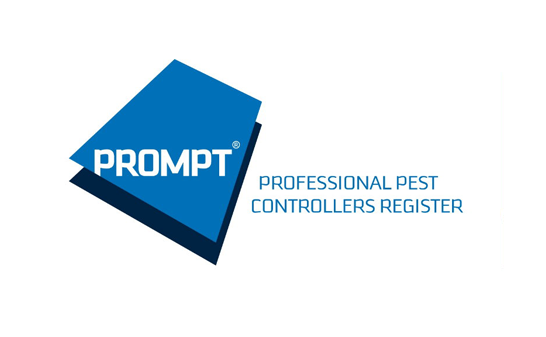For over 25 years, our experts have gained experience in putting an end to general Fleas pest control problems in Romford. With our high quality service, we guarantee to eradicate unwanted pests. For leading Fleas pest control services in Romford, call Pest Free 24/7 now, on 0800 023 8961.
Fleas Control Services
in Tottenham, Stratford and Romford.
Professional Fleas Removal Services
Fleas Extermination
We have successfully treated thousands of infestations. Because of this we are the preferred pest control company for total flea control and eradication.

Common Signs That You Have Fleas
The most common sign of a problem by far is their irritating bites. Fleas only jump around 1-2 ft off the ground. Therefore bites are usually around the ankles and lower leg. However if they have infested a bed or sofa it is to be expected that they will bite any part of the body. If so- flea control is required.
If your cat and dog are regularly itching and scratching, it is likely they have a problem. Check pet bedding for signs of the fleas. If you catch it early you may only have to treat the pet bedding rather than the whole house. If you have a problem you can often see them jumping about. Especially when you enter an empty property, the vibrations from your movement will wake the fleas and they will jump around looking to feed. These insects generally look black and are approximately 1mm in size.

Where do fleas live?
Depending on the stage of their life cycle, fleas choose to live in different conditions.
Flea Eggs: Dozens of them are laid directly on your pet’s fur every day and fall spread wherever your pet brings them, which means flea eggs can end up in your bedding, furniture, carpeting and even on top of appliances (if you have a cat, you can be sure of it).
Flea Larvae: They like dark, narrow and dusty spaces that offer protection during this immature stage. Flea Pupae are found only on floors and in-between carpet fibre. Despite composing just 10% of a flea population, they are the main reason why flea treatments often fail.
Adult fleas: As adults, fleas hide only on live hosts such as cats, dogs, rodents and any other furry mammal.
Where do fleas live outside?
In your yard and in wildlife, fleas live in high grass, sand, sheds and debris – places where they can find shade and humidity. These areas, such as the grass underneath a shrub, provide the perfect conditions for all three stages of the flea’s life cycle. From the egg lay to the cocoons – and that’s not all. Animals also prefer to go in the shade on hot summer days, and that’s the time for the newly hatched adult fleas to go for a snack!
Where do fleas live on dogs and cats?
The most densely infested areas on your pets’ bodies would be around the neck, ears and underbelly. An even better question is where do fleas come from? A flea infestation can take place even if your pets always stay indoors, as your own vibration and heat can attract a flea while you are enjoying a picnic, fishing trip or just a stroll in the high grass.
Nonetheless, humans cannot actually get fleas – not the common household fleas at least. There’s a species called the human flea, Pulex irritans, that lives on humans, pigs and other mammals that don’t have fur. Those are encountered only in the wild, however, and are different from the fleas found on your cats and dogs.
Causes of infestation
Fleas are transmitted by your pets or by different types of rats and mice. They attach to the fur of the animals from infested dirt or foliage. They usually live in the underbelly area. Once their host goes inside of your home, they transfer to your carpet, drapers, furnishings or indoor plants.
Fleas thrive in warm, moist places. Low temperatures halt their developmental cycle. Summer is the season when most infestations occur.
Detection
Look for the following signs of flea infestation:
- Live fleas: they jump on drapery, carpet, furniture and upholstery. You can recognise them by the fast manner in which they “disappear” and their dot-like appearance.
- Change in the behaviour of your animal companion: excessive licking, scratching or gnawing its fur, it might indicate your pet suffers from flea bites. In severe cases, dogs and cats can lose fur in infested areas of their skin.
- Small, reddish-black dots on bed linen: those are the excrements of these blood-sucking insects—dry blood deposits.
- Itchy, pinkish rash on your skin
Control
Professional flea fumigation includes the use of a variety of insecticides, such as pyriproxyfen and methoprene. Industrial vacuum cleaners are also used, as frequent hoovering kills up to 96% of adult fleas and completely exterminate young fleas.
Diatomaceous earth is also used in flea control, though rarely suitable, as its fumes are toxic to pets and humans. Though inefficient, the use of baking soda remains a popular DIY method. In theory, it causes fleas to die of dehydration.
Resistance
Pupae and larvae of fleas are resistant to most of the pesticides used in flea control. Recently, researchers have found strains of fleas immune to popular pesticides such as fipronil, fluvalinate, cyfluthrin and cypermethrin. Thus, usually professional treatment is required to guarantee a flea-free property.
What to do in case of a flea infestation
It is important to seek professional help should you suspect a possible infestation. Fleas are hard to battle on your own. Even if all adults die, there is a high possibility for the problem to return. Most domestic-level pesticides use dangerous toxic chemicals—something which most professionals avoid.
DON'T LET PESTS RUIN YOUR DAY. CALL US TODAY TO FIND OUT HOW WE CAN HELP.
Testimonials
Make An Enquiry
If you have any London pest control questions and want to know more, please fill in the form below and a member of our team will be in touch.





